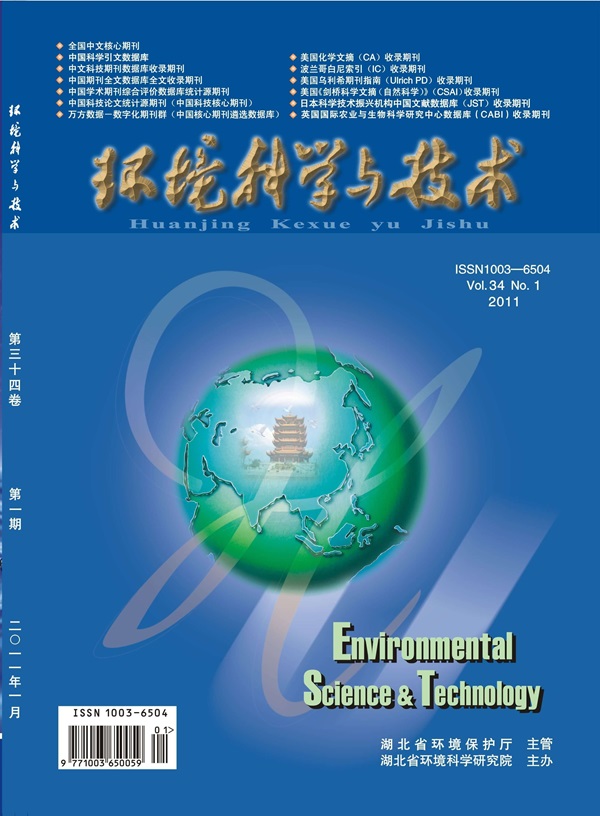回收还是不回收?通过本地案例研究探讨塑料加工过程中微塑料的产生
IF 10.8
1区 环境科学与生态学
Q1 ENGINEERING, ENVIRONMENTAL
引用次数: 0
摘要
微塑料(MP)是一种新出现的污染物,已被确定为解决塑料污染的关键目标。尽管已有大量研究探讨了各种来源产生的微塑料,但对塑料加工过程的关注却很有限。本研究调查了原生塑料和废旧塑料挤出加工过程中产生的 MP(10 μm-5 mm)。加工 1 吨塑料时产生的 MP 密度为 2.13 × 105-9.79 × 107(约 0.01-10.85 克)。研究发现,原料来源、聚合物类型和造粒技术都会对加工过程产生影响。2022 年全球产生的 MPs 重量适中(270.58-527.34 吨),但数量巨大(1.34 × 1016-2.63 × 1016),因此塑料加工是一个被低估但至关重要的 MPs 来源,这强调了行业中 MP 检测和适当去除技术的必要性,尤其是在原始塑料加工和水环造粒中。进一步的模拟表明,在所调查的塑料加工设施中,使用常见材料可去除高达 84.35% 的 MPs,对较大尺寸颗粒的去除效率更高。在这方面,塑料回收利用优于原始塑料加工,产生的 MPs 更少、更大,这有利于 MPs 的去除,应加以推广。本文章由计算机程序翻译,如有差异,请以英文原文为准。

Recycle or Not? An Exploration of Microplastic Generation During Plastic Processing via a Local Case Study
Microplastic (MP), an emerging pollutant, has been identified as a critical target in tackling plastic pollution. Although a plethora of studies have explored MP generation from various sources, limited attention has been paid to plastic processing. This study investigated MP (10 μm–5 mm) generation in virgin and waste plastic extrusion processing. MPs at a density of 2.13 × 105–9.79 × 107 (approximately 0.01–10.85 g) were generated when processing 1 t of plastic. Feedstock sources, polymer types, and pelletizing techniques were found to influence the process. With a moderate weight (270.58–527.34 t) but enormous amount (1.34 × 1016–2.63 × 1016) of MPs generated globally in 2022, plastic processing is an underestimated but vital source of MPs, emphasizing the need for MP inspection and appropriate removal technologies in the industry, especially for virgin plastic processing and water ring pelletizing. Further simulation indicated that up to 84.35% of MPs could be removed using commonly available materials in the investigated plastic processing facility, with a higher removal efficiency for larger-sized particles. In this regard, plastic recycling was superior to virgin plastic processing with fewer and larger-sized MPs generated, which could facilitate MP removal and should be fostered.
求助全文
通过发布文献求助,成功后即可免费获取论文全文。
去求助
来源期刊

环境科学与技术
环境科学-工程:环境
CiteScore
17.50
自引率
9.60%
发文量
12359
审稿时长
2.8 months
期刊介绍:
Environmental Science & Technology (ES&T) is a co-sponsored academic and technical magazine by the Hubei Provincial Environmental Protection Bureau and the Hubei Provincial Academy of Environmental Sciences.
Environmental Science & Technology (ES&T) holds the status of Chinese core journals, scientific papers source journals of China, Chinese Science Citation Database source journals, and Chinese Academic Journal Comprehensive Evaluation Database source journals. This publication focuses on the academic field of environmental protection, featuring articles related to environmental protection and technical advancements.
 求助内容:
求助内容: 应助结果提醒方式:
应助结果提醒方式:


